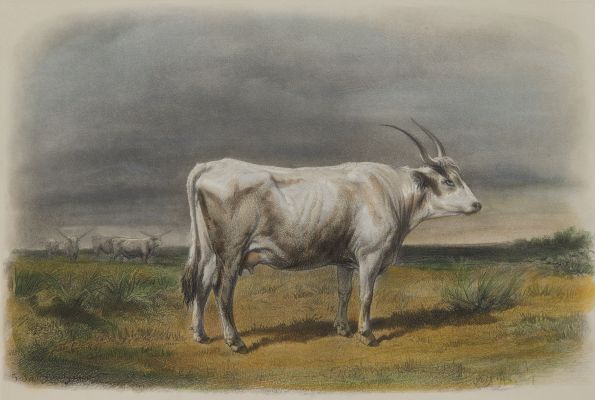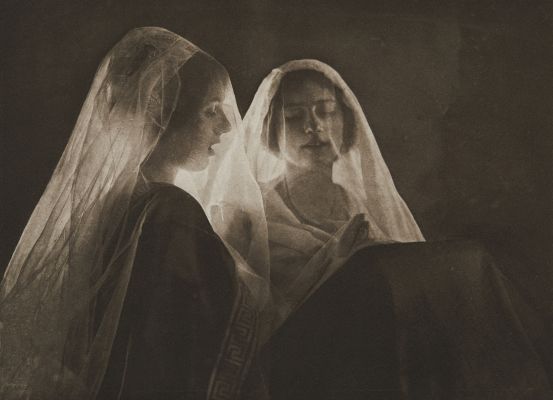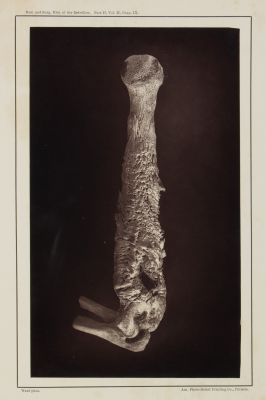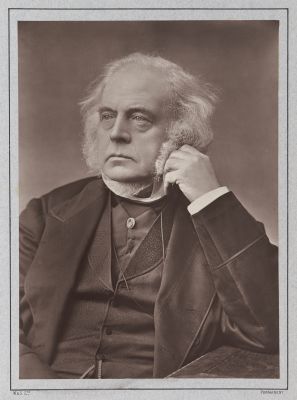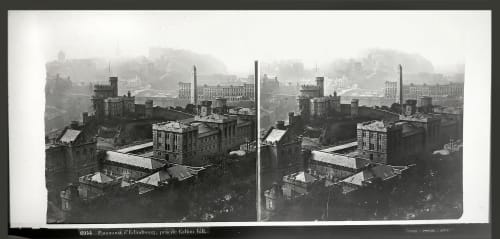
Title
6944 Panorama d’Edinbourg, pris de Calton Hill,Artists
Clouzard, Jacques-Athanase-Joseph (French, 1820-1903)Soulier, Charles (French, 1840-1876)Date
1854 caProcess
Albumen on glass stereoviewImage Size
6 x 14.2 cm
The glass stereoviews of Clouzard & Soulier were of a high technical and artistic level. They were very popular in the 1850s and 1860s and were admired as the finest produced. This 1854 stereoview was used by Fox Talbot for his photoglyphic engraving tests in the early 1860s. Many of Talbot’s photogravure experiments were made from positives supplied Clouzard and Soulier as the starting point for the photogravure process is a positive image.
The stereoviews of Clouzard & Soulier were made by using the albumen-on-glass process. This photographic process was invented in 1847 by Claude Félix Abel Niépce de Saint-Victor. The advantage of this process was that the negatives could be prepared in advance and remained useable for a long time, in contrast to the wet collodion process in which the plates had to be prepared just before shooting and developed immediately afterwards. A disadvantage of the albumen plates was that it was a complex process that was mastered by only a few and the exposure times were long.
The company of Clouzard and Soulier was one of the main competitors of Claude-Marie Ferrier in the making of stereoscopic photographs on glass. By 1859 the firm had more than 700 views of France, Germany, Austria, and Spain. On the 9th of June, 1859 Clouzard sold his part of the company and the rights to the whole collection of stereoviews to Soulier. The same year Soulier formed a new company with Claude-Marie Ferrier and his son, Ferrier & Soulier.
References
David Hanson, Checklist of Photomechanical Processes and Printing 1825-1910, 2017, pg 129
John B Cameron & Janice g. Schimmelman, The Glass Stereoviews of Ferrier & Soulier, 1852-1908, The Collodion Press, Rochester, MI, 2016, pl 112, pg 177

